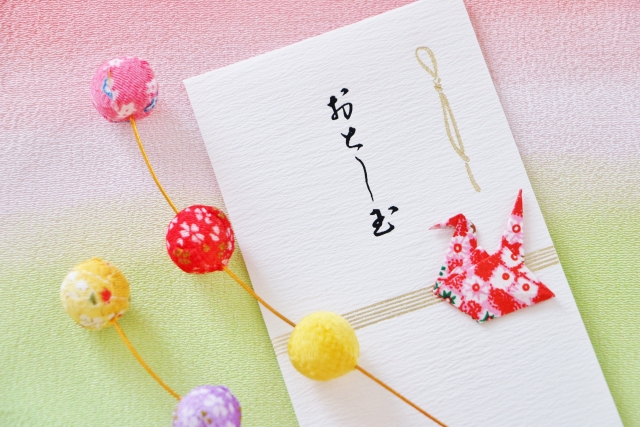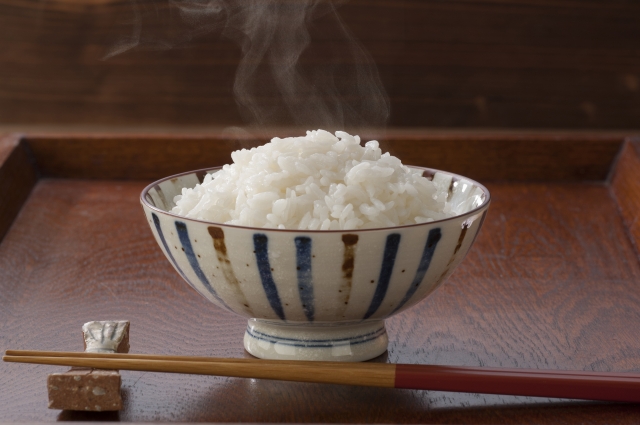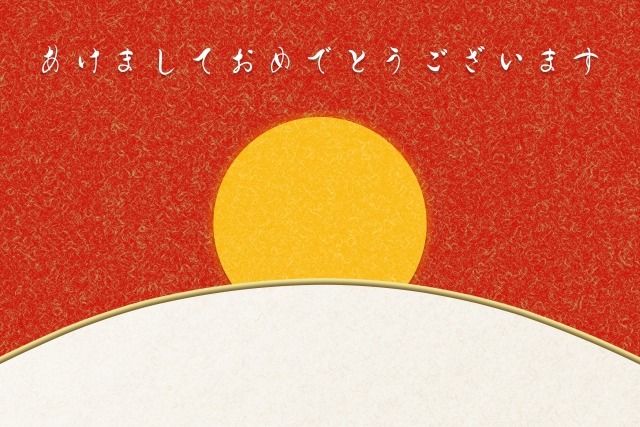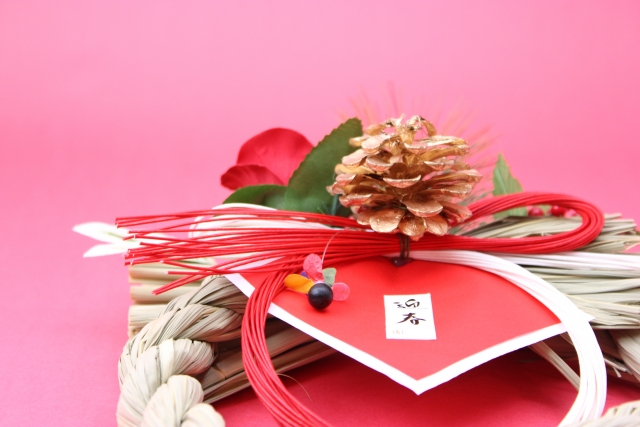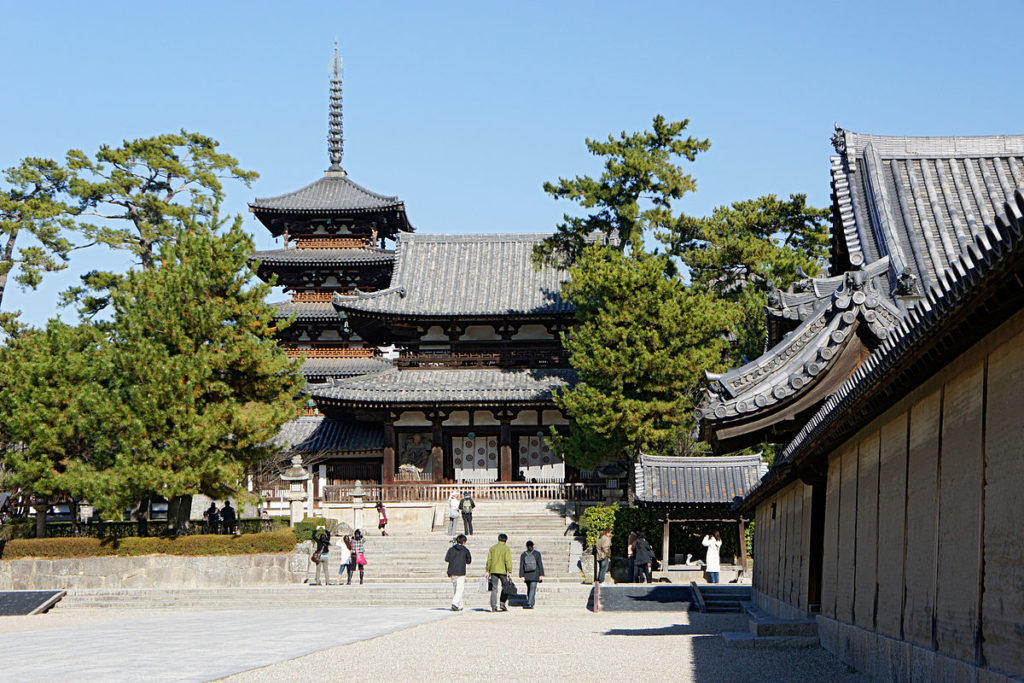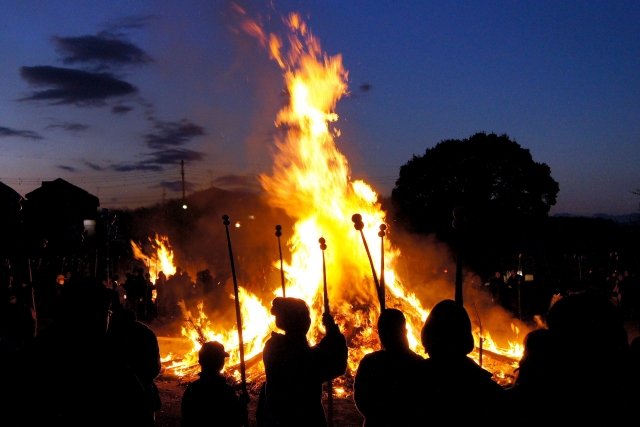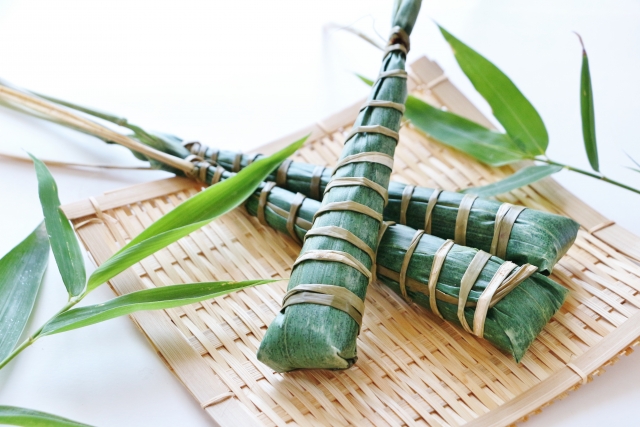
Sekku is a calendar derived from the ancient Chinese theory of yin-yang and the five elements, which has taken root in Japan, and is a day that marks the turning point of the season when traditional annual events are held.
There are various Sekku throughout the year, and the Edo Shogunate designated five of them as official events and holidays.
The Edo Shogunate designated five of them as official events and holidays, but they were abolished on January 4, 1873, and only the Tango-no Sekku became a national holiday under the name of Children’s Day in accordance with the Law Concerning National Holidays promulgated and enforced on July 20, 1948.
It is a day that coincides with an odd number of auspicious days.
- Jinjitsu: Nanakusa-no Sekku: January 7
- Joushi: Momo-no Sekku (Peach Festival): March 3
- Tango: Tango-no Sekku(Iris Festival): May 5
- Shitiseki: Tanabata-no Sekku(Tanabata Festival): July 7
- Chou-you: Kiku-no Sekku(Chrysanthemum Festival): September 9
Jinjitsu: Nanakusa-no Sekku: January 7
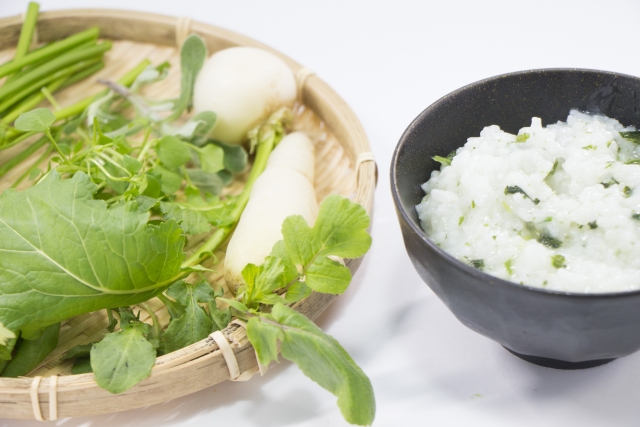
On the morning of January 7, “Nanakusa-gayu” (rice porridge) containing the “seven herbs of spring” (seri, nazuna, gogyo, hakobera, hotokenosa, suzuna, and suzushiro) is prepared and eaten to take in the “spirit” of the seven herbs of spring that have finally sprouted and to wish for good health for the year.
In China, the seventh day of the New Year is called “Jinjitu-no-Sekku,” because people’s fortunes were predicted on that day.
Joushi: Momo-no Sekku (Peach Festival): March 3
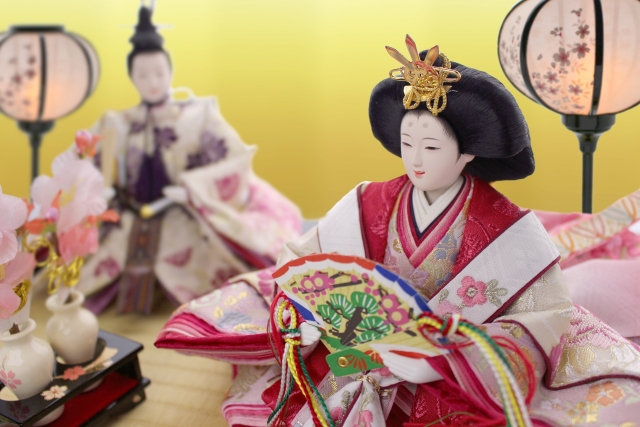
It is a festival of affection from parents to their children and grandchildren, celebrating the birth of a baby girl and wishing for her healthy growth.
Hina dolls are decorated and accompanied by Hishimochi (water chestnuts) and peach blossoms, and a banquet is held with Chirashi-sushi (sushi rice balls) and white sake.
On the first day of March, the day of the snake, which is called “Joushi”, people used to stroke their bodies with “Hitogata”, cut out of paper in the shape of a person, to purify their bodies from evil and throw them into the sea or rivers.
The hitogata gradually became more luxurious and became the hina dolls we know today.
Tango: Tango-no Sekku(Iris Festival): May 5
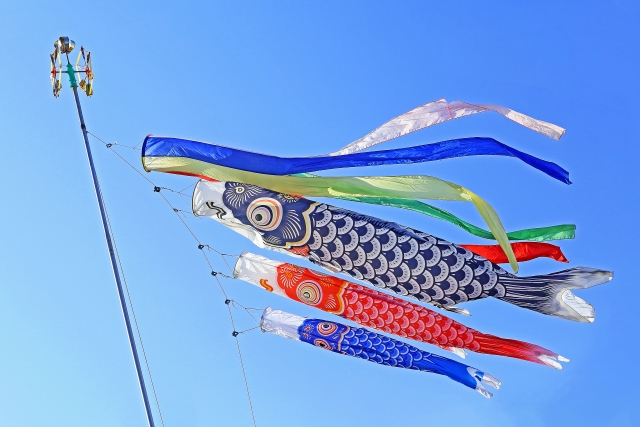
It is a festival of love from parents to their children and grandchildren, to congratulate the newborn baby boy and wish for his healthy growth.
It is a festival of love from parents to their children and grandchildren.
Carp streamers are decorated with the wish for success in life.
Shitiseki: Tanabata-no Sekku(Tanabata Festival): July 7

In the old days, it was an event to weave clothes for the “Mitama”, and offer them on a shelf to purge away evil spirits.
With the introduction of the Star Festival and the custom of wishing for the improvement of handicrafts and sewing from China, the event evolved into the present day of praying by tying strips of paper with wishes on them to bamboo branches.
Chou-you: Kiku-no Sekku(Chrysanthemum Festival): September 9
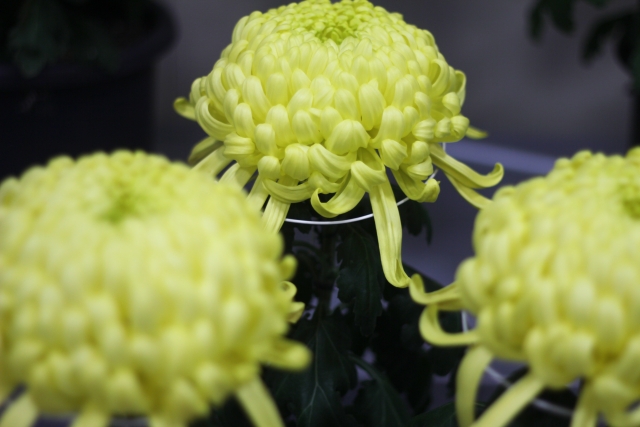
Chou-you-Setsu, which was introduced from China, became one of the Five Sekku in the Edo period (1603-1868) and spread to the common people.
People drink chrysanthemum wine and wipe their bodies with the dew that collects on the chrysanthemum wadding, wishing for good health and long life.
It is called “Chou-you” because of the combination of “9”, the maximum number of odd numbers (yang numbers) that bring good luck.
Chrysanthemum festivals are held all over Japan during this time.
The lives of our ancestors who cherished the milestones of life and the seasons.
We can see the custom of being grateful for being alive at each milestone.


